Big cats, also known as the members of the Felidae family, are some of the most majestic and powerful creatures in the animal kingdom. They inhabit diverse ecosystems and have evolved unique adaptations that help them survive and thrive in their respective environments. This article explores twelve big cat species, focusing on the remarkable adaptations that set them apart from other predators.
Breathtaking Speed: The Cheetah
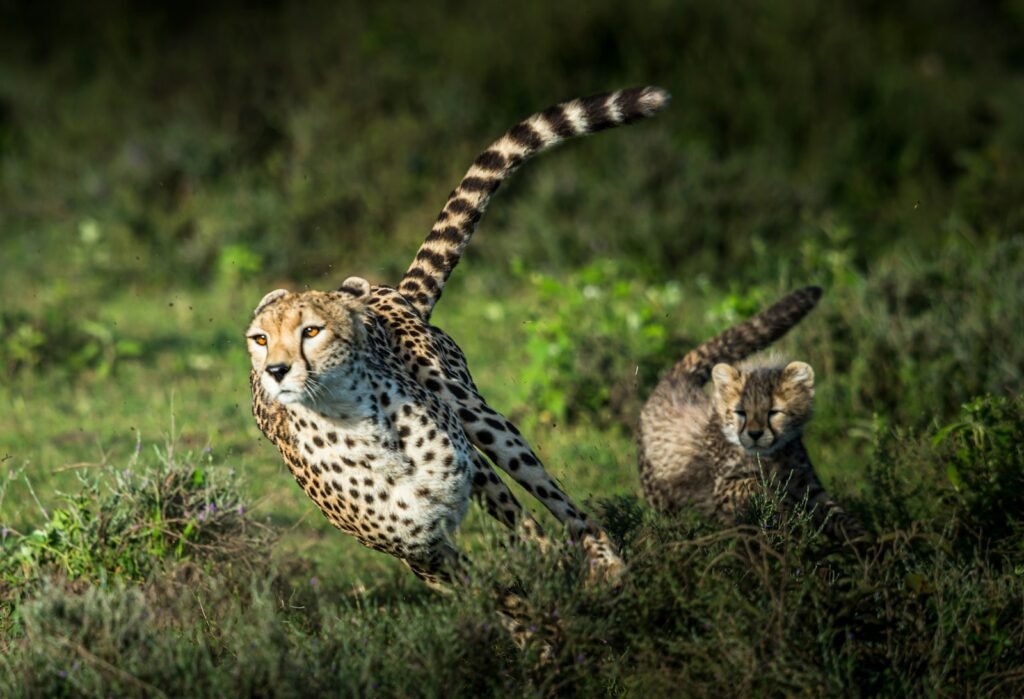
The cheetah is renowned for being the fastest land animal, capable of reaching speeds up to 70 mph (112 km/h) in short bursts covering distances up to 1,500 feet (460 meters). This incredible speed is enabled by its lightweight body, elongated spine, and specially adapted respiratory and cardiovascular systems. Large nasal passages facilitate quick air intake, and powerful leg muscles enable rapid acceleration.
Night Vision Experts: The Tiger
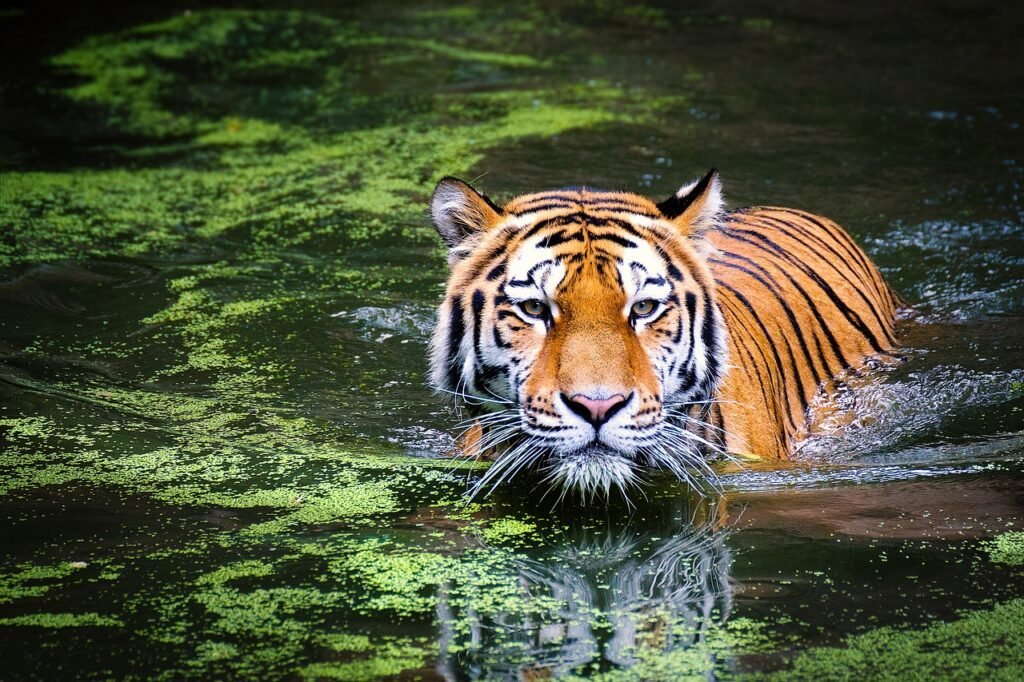
Tigers are adept night hunters, thanks to their exceptional night vision. They possess a high number of rod cells in their retinas, allowing them to see in almost complete darkness. Their unique eye structure, including a structure called the tapetum lucidum, reflects extra light into their eyes, enhancing their ability to hunt at night.
Stealthy Stalkers: The Leopards
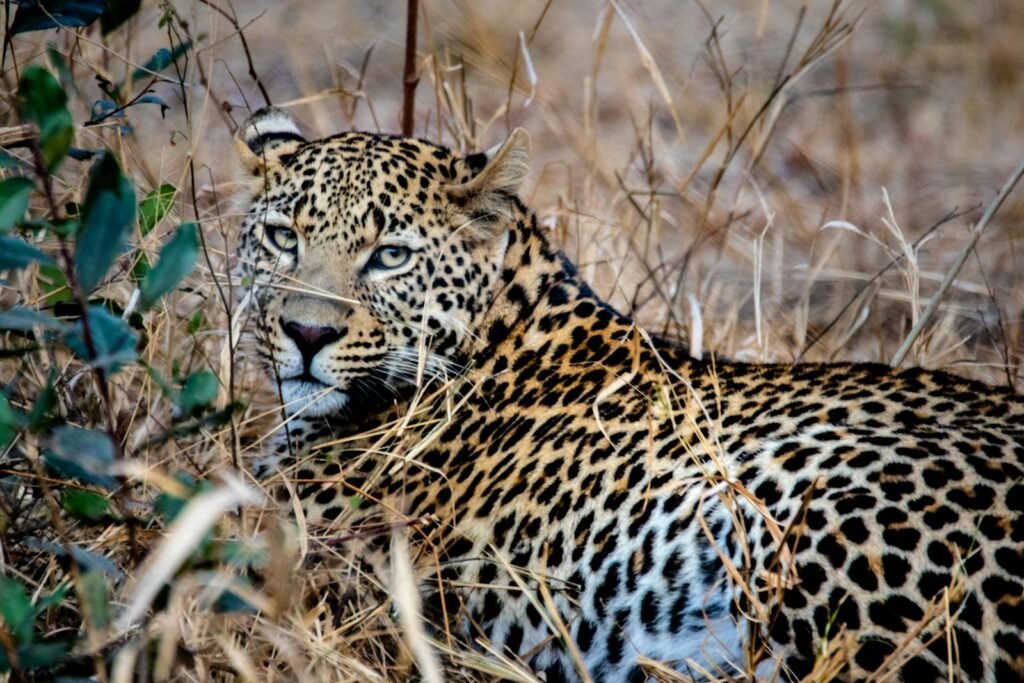
Leopards are solitary and elusive cats known for their stealth. One of their key adaptations is their rosette-patterned coat, which provides excellent camouflage in forested environments. They are also incredibly strong and agile, capable of carrying large prey up trees to avoid scavengers.
Aquatic Abilities: The Jaguar
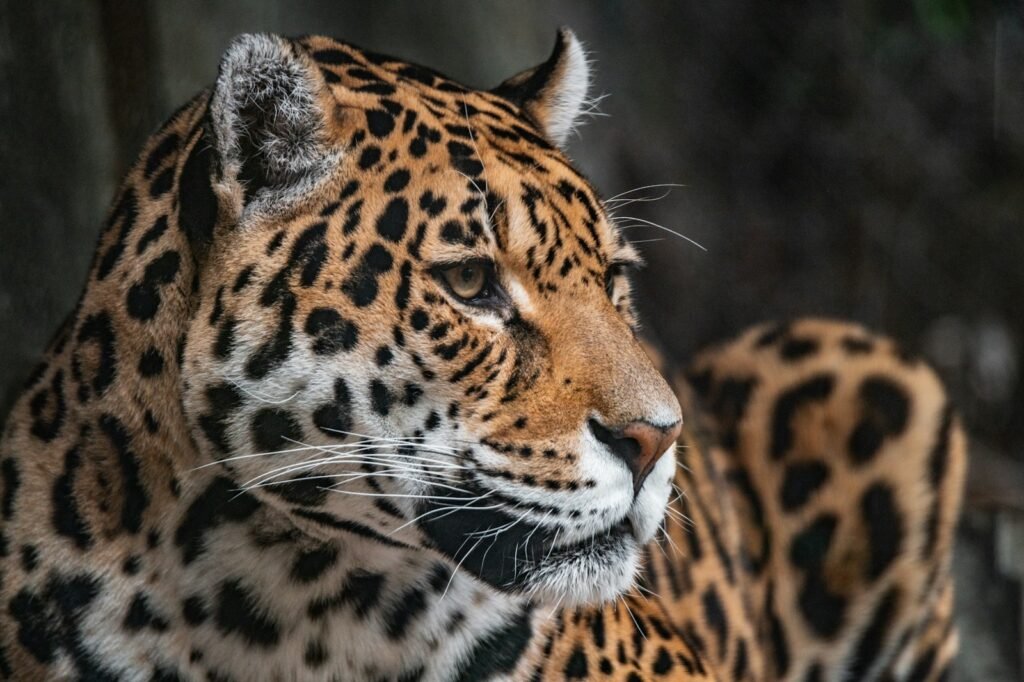
Jaguars are unique among big cats for their swimming prowess. They are comfortable in water and often hunt aquatic or semi-aquatic prey like fish and caimans. Their robust, muscular build allows them to effectively ambush prey in dense, wet environments of tropical rainforests.
Adaptation to Cold: The Snow Leopard
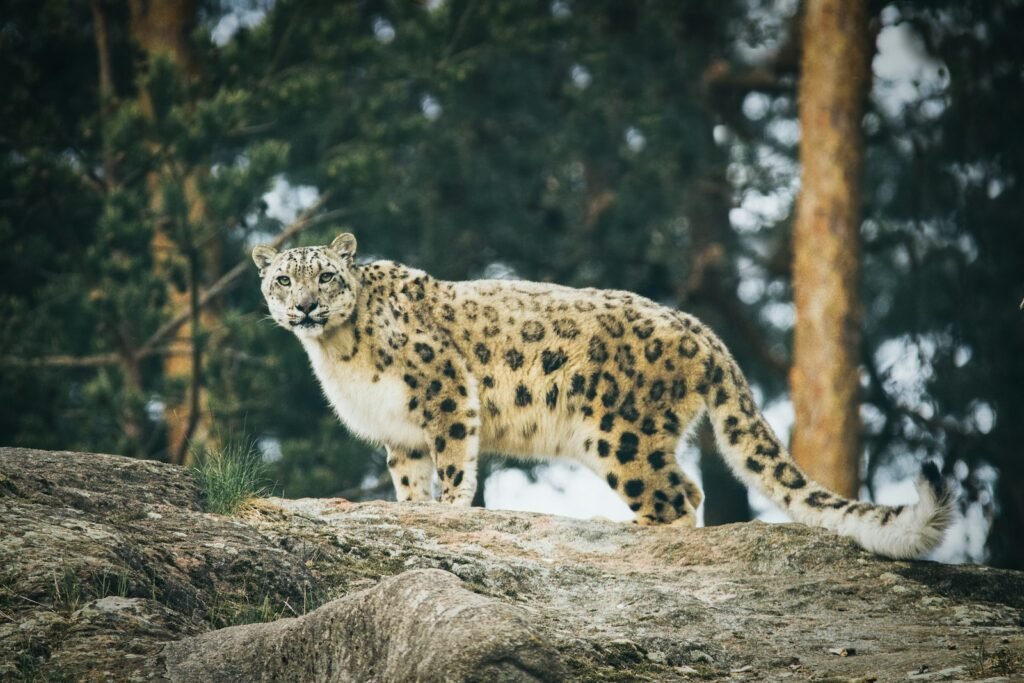
Snow leopards reside in the mountains of Central Asia, where extreme cold is commonplace. They have thick fur and a woolly undercoat for insulation against cold temperatures. Their wide, fur-covered feet act as natural snowshoes, enabling them to move gracefully across snowy landscapes.
Vocalization Specialists: The Lion
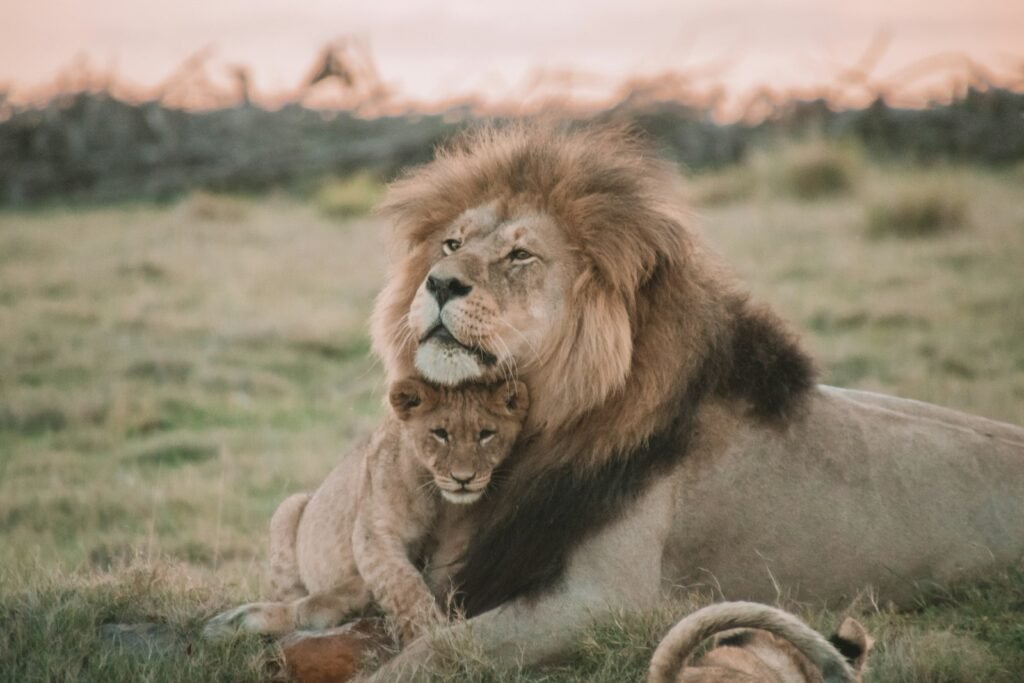
Lions are the only big cats that live in structured social groups known as prides. One of their remarkable adaptations involves vocalizations, especially the iconic roar. A lion’s roar can be heard up to 5 miles (8 km) away, which they use to communicate with pride members and advertise their presence to rivals.
Climbing Champions: The Clouded Leopard
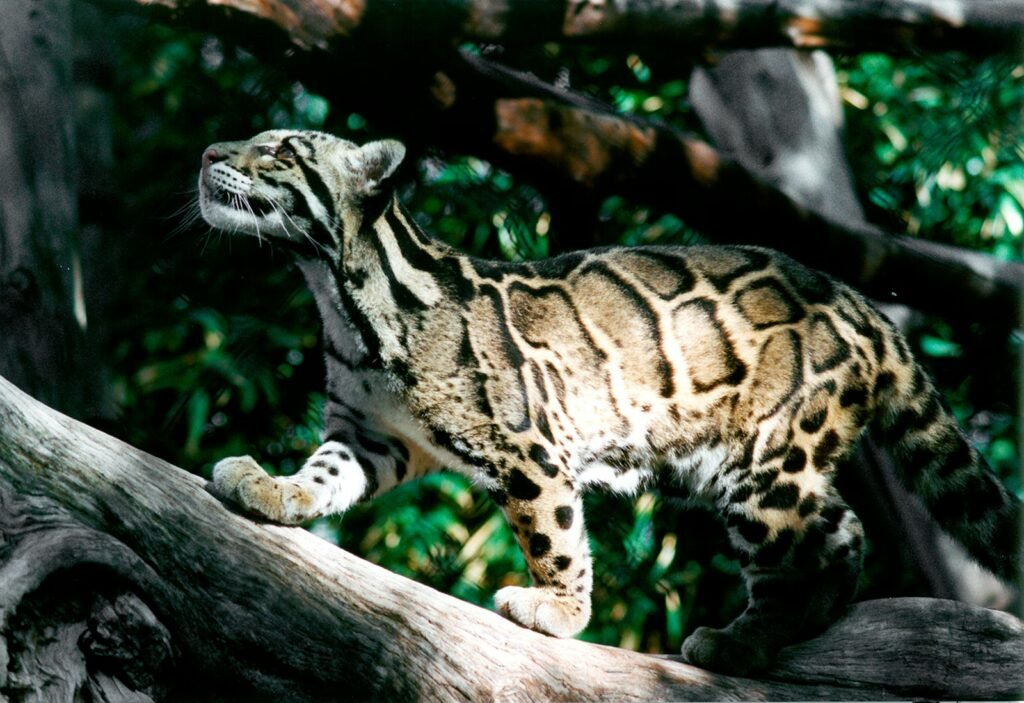
Clouded leopards are arboreal cats with exceptional climbing abilities. They have a rotating ankle joint, which allows them to climb headfirst down trees. Their long tail provides balance, and their short, stout legs are powerful for gripping branches and scaling trunks.
The Small Giant: The Cougar
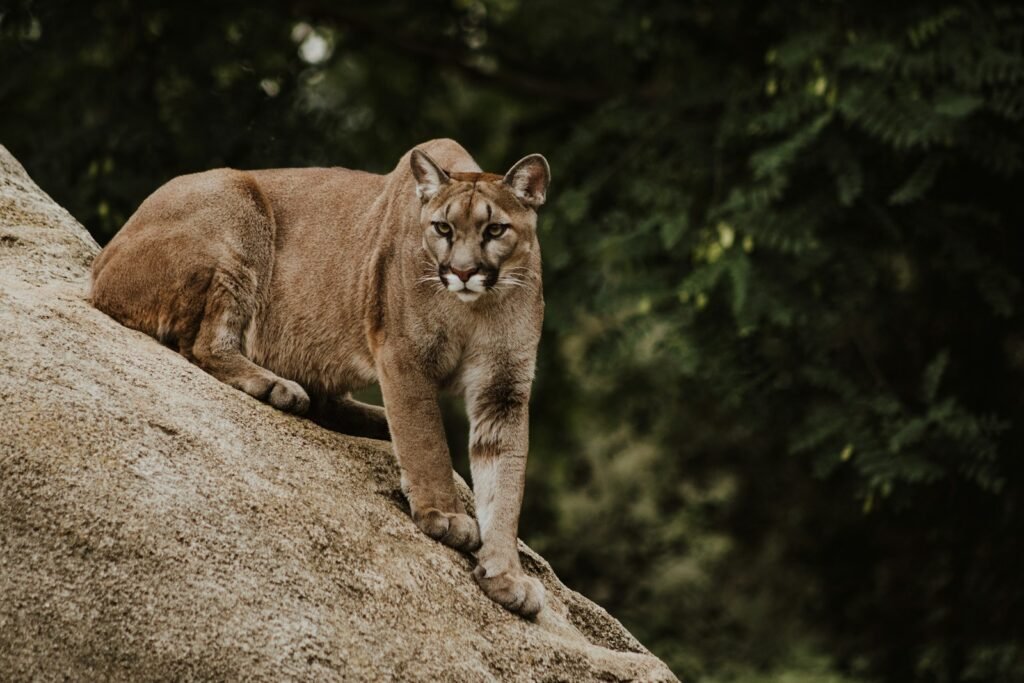
Also known as the mountain lion, the cougar is adaptable across various environments, from forests to deserts. Its muscular physique and powerful limbs allow it to leap up to 18 feet (5.5 meters) vertically and 40 feet (12 meters) horizontally, aiding its hunting and escape from larger predators.
Endangered Adaptability: The Cheetah’s Genetic Diversity
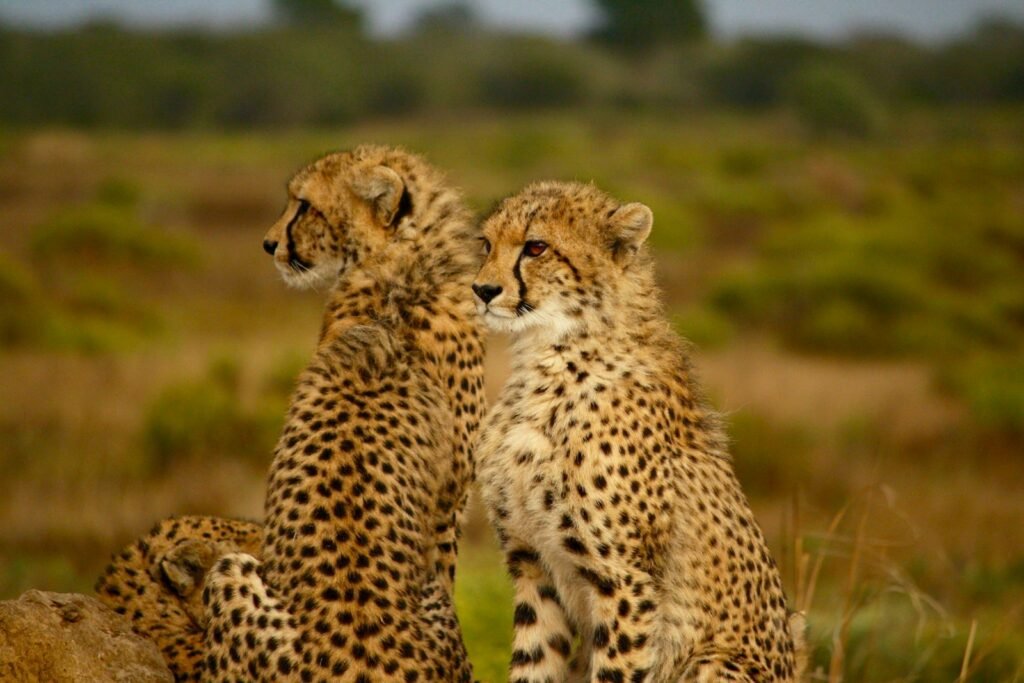
Cheetahs face unique challenges due to their low genetic diversity, an issue resulting from past population bottlenecks. Remarkably, their resilience and ability to adapt have kept them alive despite these challenges, though conservation efforts remain critical for their survival.
Keen Fishermen: The Fishing Cat
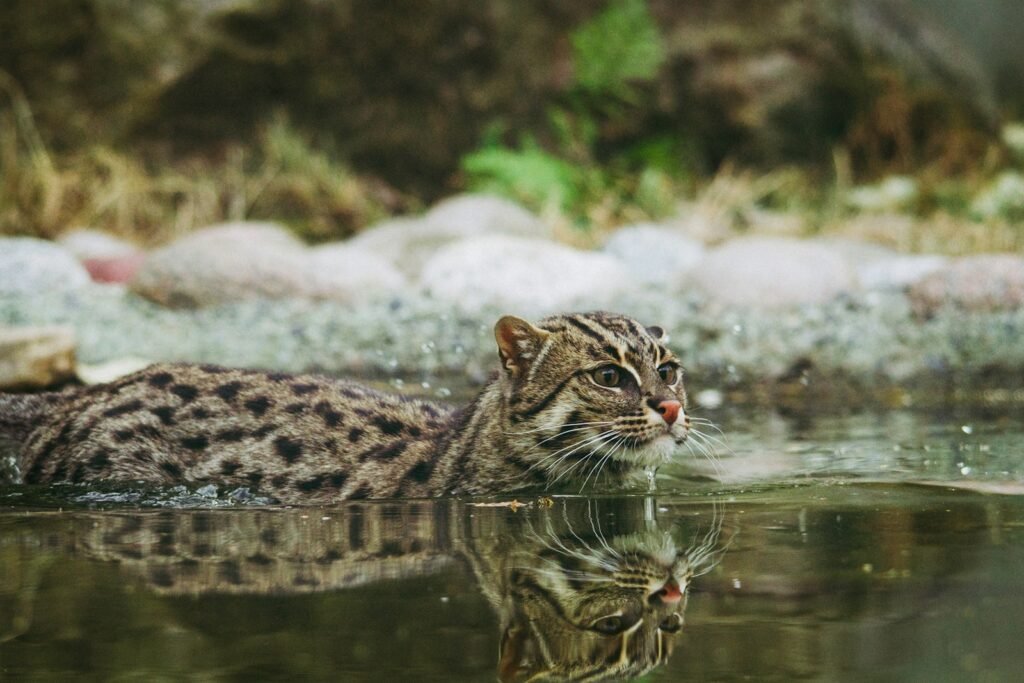
Fishing cats are one of the few big cat species adapted for an aquatic lifestyle. Native to the wetlands of Asia, they have partially webbed feet, which make them excellent swimmers. Their diet mainly consists of fish and other aquatic creatures, reflecting their specialization.
Conclusion: The Importance of Understanding Big Cat Adaptations
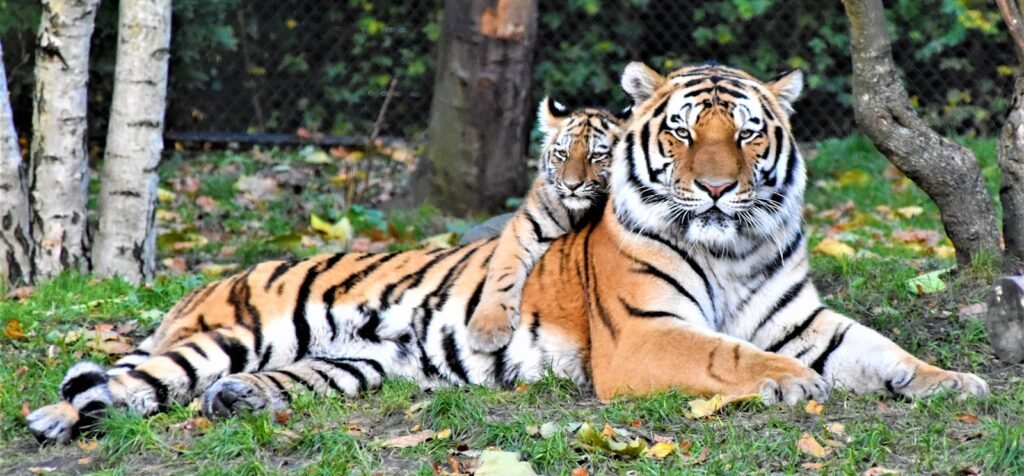
The adaptations of big cats are a testament to the complexities of evolution and survival in diverse habitats. Understanding these adaptations not only enriches our appreciation for these magnificent creatures but also emphasizes the need for conservation efforts to protect their diminishing habitats and ensure their continued survival. Each species, with its unique set of traits, plays a critical role in maintaining the balance of ecosystems around the world.
Hi, I’m Bola, a passionate writer and creative strategist with a knack for crafting compelling content that educates, inspires, and connects. Over the years, I’ve honed my skills across various writing fields, including content creation, copywriting, online course development, and video scriptwriting.
When I’m not at my desk, you’ll find me exploring new ideas, reading books, or brainstorming creative ways to solve challenges. I believe that words have the power to transform, and I’m here to help you leverage that power for success.
Thanks for stopping by, Keep coming to this website to checkout new articles form me. You’d always love it!






